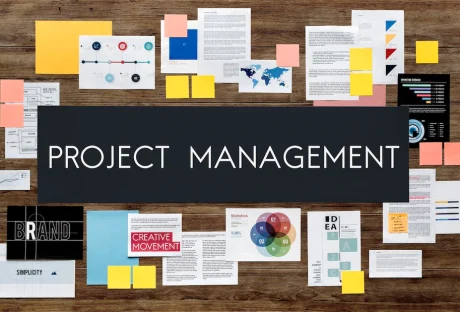In the world of business, fencing has become an indispensable activity. With a plethora of fencing designs and styling options, you might get a little confused. But don’t worry because we have got your back. Seek the help of professionals through this article while opting for the right fence.
Choosing the right fence for your business is a crucial decision that can impact the entire company in several ways. A fence serves multiple purposes, such as security, privacy, and aesthetic appeal. To help you make an informed decision, here are some tips to consider when choosing a fence for your business.
Signs Your Business Require A Business Fence
Whether you have a distribution center or a warehouse, storing your valuable assets is a tough deal outdoors. There is a need to secure them using an electric fence. A property stored outside has a higher better chance of getting noticed by intruders, and it is not good news for your company.
Secondly, if you own high-value products. The overall value of the products you own factors into your selection of installing a security fence. Barbed wire, as well as chain links, are efficient solutions when you want to safeguard your valuable products. If you have past experiences of security breaches, then your business needs a fence immediately.
Its physical presence will let the intruders stay away from your property. The business fence is an immediate need, irrespective of the reasons for installing them. Make sure to take note of the below tips to get an overall insight into selecting a business fence.
Tip to Choose The Right Business Fence

Opting for the apt business fences is important because you will not keep changing it time and again. So to help you make an informed decision, we walk you through some important tips.
1. Identify your Needs
Among all the factors necessary for selecting a fence, identifying your needs still remains on top. Thus, start by identifying the specific requirements and goals you have when choosing a commercial fence. Determine the primary purpose of the fence. Is it security, privacy, or to enhance the visual appeal of your business?
Understanding your needs will help you narrow down the options and make an appropriate choice. Although there are a plethora of options available in the market, filter the ones that suit your needs perfectly.
2. Assess Security Requirements
Next on our list is security is often a top concern for businesses. Evaluate the level of security required for your company. If you deal with valuable assets or have sensitive information, consider a high-security fence with features like anti-climbing measures, strong materials, and surveillance compatibility.
Many companies nowadays complain about security, and guess what helps them address it? A secure fence. You might ask your contractor to provide you with a fence that meets all your safety requirements.
3. Consider Privacy Needs
Depending on the nature of your business, you may require privacy for your employees or customers. Solid panels or vinyl fences can provide excellent privacy while still maintaining an appealing appearance. If privacy isn’t a top priority, a wrought iron or chain link fence may be appropriate.
4. Think About Durability and Maintenance
Choose a fence material that is durable and requires minimal maintenance as well. Steel, aluminum, and vinyl fences are known for their durability and longevity, making them suitable for businesses. Consider the weather conditions in your area and select a fence material that can withstand harsh weather if necessary.
Different fence materials have varying maintenance needs as well. Wooden fences, for example, may require regular staining or painting, while aluminum or vinyl fences generally require minimal upkeep. Consider the time and resources you’re willing to allocate to fence maintenance before making your decision.
5. Check Local Regulations
Before finalizing your fence selection, research local regulations, zoning laws, and building codes; some areas have restrictions on fence height, materials, and location. Ensure that your chosen fence complies with all relevant regulations to avoid any legal issues.
6. Determine Your Desired Aesthetics
The appearance of your business fence can significantly influence the entire image of your company. Select a fence style and color that complements your business’s branding and architectural design. A visually appealing fence can enhance the curb appeal and leave a positive impression on both your visitors and clients.
7. Know Your Budget
Establish a budget for your fence project and consider the long-term return on investment. While certain ingredients may consist of a higher upfront price, they may need less maintenance. Along with a longer lifespan, resulting in cost savings over time. Balancing quality, durability, and cost is essential when choosing a fence for your business.
You cannot choose a fence just because you like it- understanding the budget and working accordingly is the key to staying strong in the game.
8. Seek Professional Advice
If you’re unsure about the best fence option for your business, don’t hesitate to consult with professionals in the field. Fence contractors can offer valuable insights based on their expertise and experience. They can also provide recommendations based on your specific requirements and budget.
For professional guidance, you might also search online websites. The Internet is full of scholars handing out their share of opinions on the right fence for your business.
Finding the Right Fence for Your Business
Choosing the right fence for your business requires careful consideration of your specific needs. Those may include security requirements, aesthetics, budget, and local regulations. By following these tips and conducting thorough research, you can select a fence that not only meets your business requirements but also enhances the overall functionality and appearance of your premises.
While it might seem like a tough decision, choosing to fence your business is the smartest thing to decide. So, this was all about the business fence. We hope this article helped you pinpoint the major reasons why a company chooses to fence itself. What are your thoughts on this? Comment below and let us know.
Happy reading!
Read Also:






















